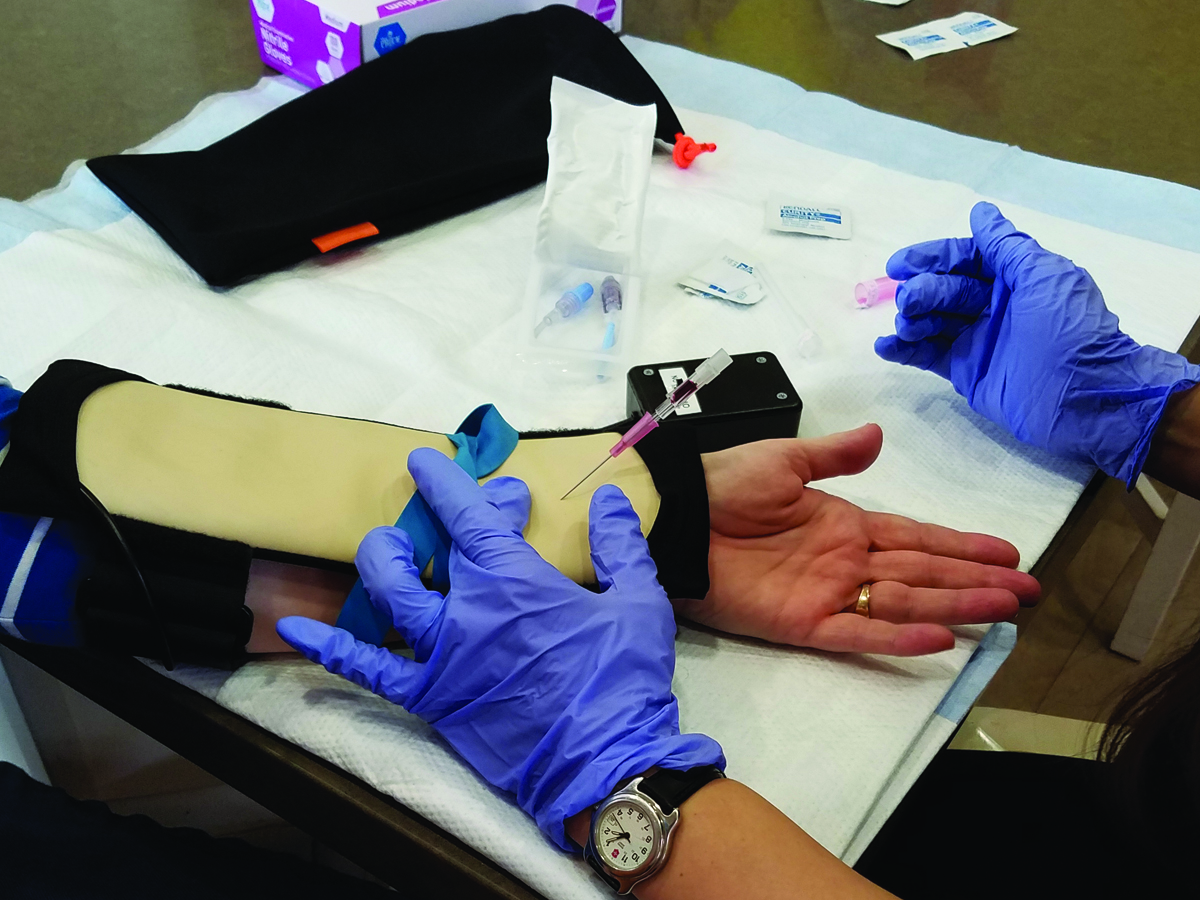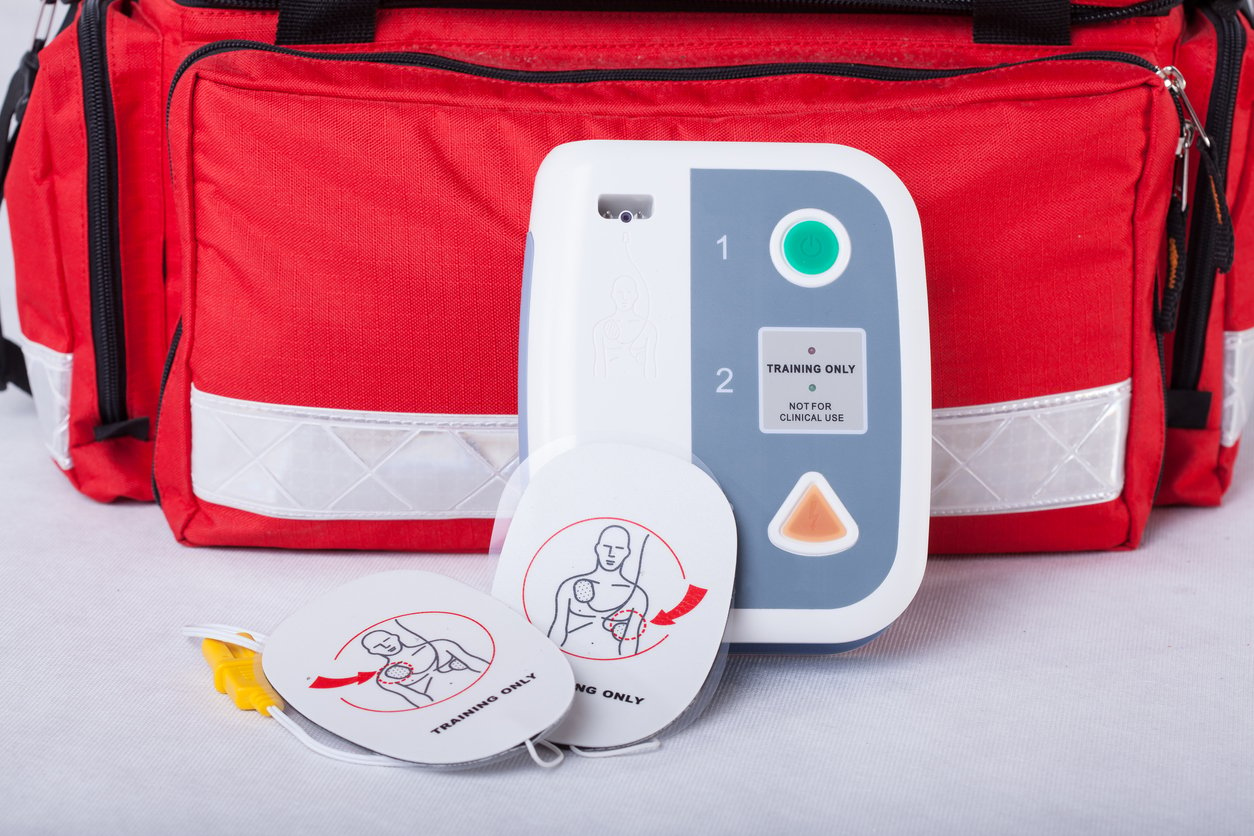
Midwives have been practicing as long as women have been having babies. The history of midwifery, obstetrics, and gynecology date back to earliest human times. However, midwifery practice didn’t appear officially in the United States until 1925, when

With the COVID-19 pandemic shutting down schools and classrooms, teachers are scrambling to continue to teach students. Some institutions of higher learning may have been ready to switch to a completely remote learning model, but they are likely in the minority of programs.

In healthcare simulation education, wearable technology helps students learn certain processes and procedures. Wearable tech can be used with manikins, which can extend their lifetimes by lessening wear and tear, or with standardized participants (SPs). Wearable trainers enhance realism, help develop empathy, and provide visual feedback.

As the medical simulation industry continues to grow, there are more manikin options than ever before. With so many choices, how do instructors know how to choose the right manikin for their program?

When it comes to creating and running simulation scenarios, instructors have to choose whether to use actual medical equipment (such as thermometers, glucometers, bedside monitors, medication carts, and so on) or to use simulators that closely mimic medical equipment. One of the challenges in running scenarios with simulated participants, for example, is ...










